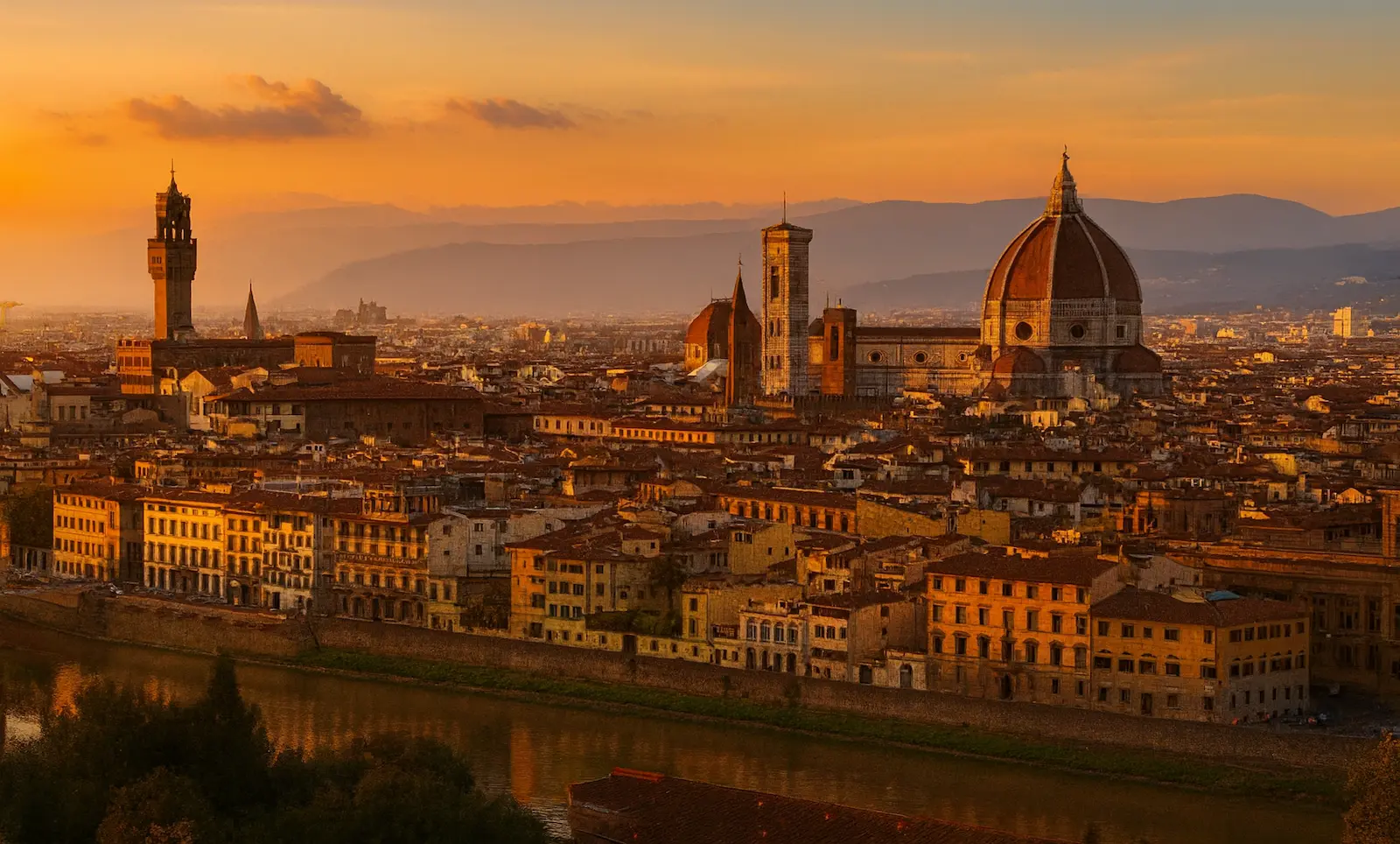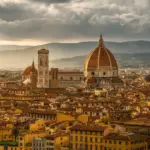How to get from the airport to the center of Florence

The city of Florence has an international airport, Amerigo Vespucci Airport, also known as Florence–Peretola Airport (FLR). From this airport, you have several options to reach the city center.
- Bus: The most economical way to reach central Florence from the airport is by bus. The Vola in Bus service runs between the airport and Santa Maria Novella train station in the city center. The trip takes about 20–30 minutes, depending on traffic.
- Taxi: If you prefer more comfort and speed, you can take a taxi from the airport to central Florence. Taxis are available outside the terminal, and the ride to the center usually takes 15–20 minutes, depending on traffic and your exact destination.
- Car rental: Another option is to rent a car at the airport and drive to central Florence. This gives you flexibility to explore the city and its surroundings at your own pace. However, bear in mind that traffic in the center can be busy and parking limited and expensive. Prices vary widely by vehicle type and rental duration, but it’s undoubtedly the most expensive of the three options we suggest.
Where to park in Florence

Those who choose to come to Florence by car should know that parking in the city is quite challenging. The simplest—though also the most expensive—option is to use a private car park. However, there are a few areas where you can park for free, although they’re a bit farther from the center. These include:
- Giardino di Boboli: Around the Boboli Gardens you can find some free parking areas. It’s a little far from the historic center but very well connected by public transport.
- Parco delle Cascine: Slightly farther out than the previous area, you can also find free parking spaces here.
- San Niccolò: This residential area offers the possibility of parking without paying.
- Piazzale Michelangelo: This iconic viewpoint also has a few free parking spots. That said, there are very few of them, and finding one free is almost mission impossible.
Essential information for travelers

Let’s start with some basic information to help you get your bearings in the city and answer classic traveler questions, like whether you can drink the tap water in the place you’re visiting.
- Tap water in Florence is safe to drink: The quality of tap water in Florence is excellent and completely safe. You can confidently refill your bottle at any public fountain or tap.
- Remember to validate your public transport ticket: Before boarding the bus or tram, make sure to validate your ticket in the machines provided. Validation is mandatory and will save you from fines.
- Carry cash for small purchases: Although most businesses accept credit cards, it’s a good idea to carry some cash for small purchases at local markets or smaller establishments.
- Respect the dress code in religious sites: If you plan to visit churches or cathedrals, remember to dress appropriately.
- Use public transport, bikes, or walk to get around: Florence is compact and many attractions are within walking distance. Use public transport, walk, or rent a bike to move efficiently and enjoy the city.
- Learn a few basic Italian phrases: While many Florentines speak English, learning basics like “grazie” (thank you) and “per favore” (please) is appreciated and can make communication easier.
Florence’s most important monuments
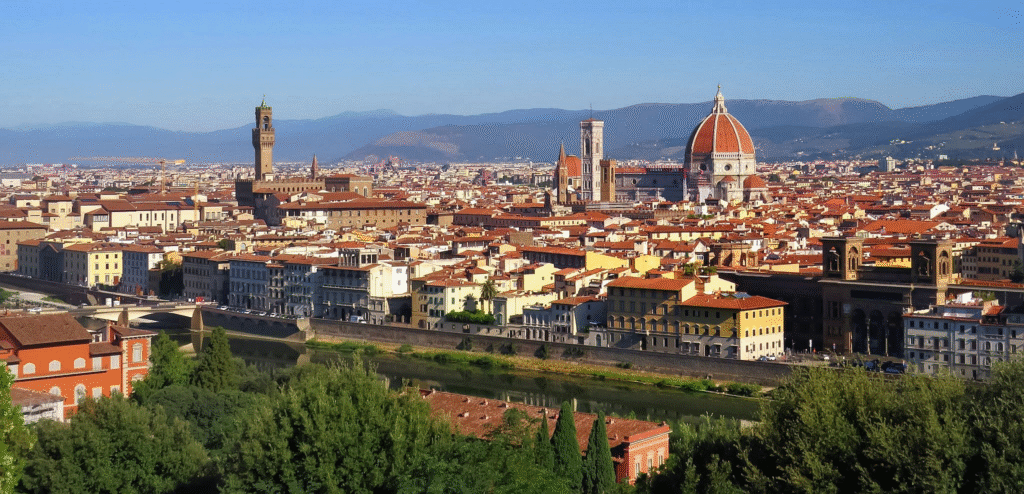
Whether the trip you’re planning to Florence is a quick getaway or you’re staying three or four days, there are several monuments considered absolute must-sees that practically demand a visit. They include:
- Cattedrale di Santa Maria del Fiore: Also known as the Duomo, it’s the symbol of Florence. Brunelleschi’s dome is an architectural marvel. Don’t miss the chance to climb to the top for panoramic city views.
- Uffizi Gallery: Home to one of the world’s most important art collections, including masterpieces by Botticelli, Leonardo da Vinci, and Raphael. Book tickets in advance to avoid long queues.
- Ponte Vecchio: This medieval bridge over the Arno River is famous for its jewelry shops and stunning views. Stroll across at sunset for an unforgettable experience.
- Galleria dell’Accademia: This is where you’ll find Michelangelo’s most famous sculpture, David. Seeing this masterpiece up close to appreciate its detail and beauty is breathtaking.
- Palazzo Vecchio: This Renaissance palace was the seat of Florence’s government. Visit its decorated rooms and don’t miss the Salone dei Cinquecento, decorated by Leonardo da Vinci.
- Basilica di Santa Croce: This Franciscan church is famous for housing the tombs of some of Italy’s most illustrious figures, including Michelangelo, Galileo Galilei, and Niccolò Machiavelli. It also features impressive frescoes and artworks.
- Palazzo Pitti and the Boboli Gardens: This majestic Renaissance palace houses several art galleries and museums, including the Palatine Gallery and the Fashion Museum. The Boboli Gardens behind the palace are a green oasis with fountains, statues, and sweeping views of the city.
- The Medici Chapel: Known for its stunning interior decoration, including Michelangelo’s sculptures on the Medici tombs. It’s a place of great historical and artistic importance in Florence.
When are museums in Florence free?

Although it doesn’t apply to all of them, in many of the museums in Florence you can get in free on the first Sunday of every month thanks to what locals call “Sunday at the museum.” Among the galleries that open their doors for free that day are the Uffizi Gallery and the Accademia Gallery, two of the city’s most important.
Also keep in mind that most museums are free for minors, for journalists who can present a press card proving they are working at that time, and for people with disabilities. Some, such as the Bargello National Museum, are also free for Italian teachers with MIUR certification.
The best viewpoints in Florence

Soaking up the city’s splendor from one of its many viewpoints is a must in Florence. Some are free and others paid, but at GuruWalk we’ve rounded up what we consider the best spots you can access without paying a single euro:
Piazzale Michelangelo Viewpoint
The Piazzale Michelangelo viewpoint offers one of the most impressive panoramas of the Renaissance city. From this elevated spot, on the hill of San Miniato al Monte, you can take in Florence’s skyline in all its glory. This square is the perfect place to enjoy an unbeatable vantage point and capture memorable photos. The calm, serene atmosphere also makes it an ideal refuge to escape the city’s bustle and simply enjoy the Florentine landscape.
San Miniato al Monte Viewpoint
The San Miniato al Monte viewpoint is a hidden gem in the hills of Florence that offers a peerless perspective of the city. From this elevated perch, admire the red roofs, the graceful curves of the Arno, and the iconic monuments that dot the skyline—especially magical at sunset when the city is bathed in golden light. Beyond its visual charm, it’s also a place of great historical and spiritual importance, home to the Basilica of San Miniato, a Romanesque architectural jewel. To reach it, simply continue uphill from Piazzale Michelangelo.
What to eat in Florence?

While pasta and pizza are popular throughout Italy, each region has its own specialties. That’s why we recommend checking out these culinary tips that reveal what a curious traveler should try on their first visit to the city on the Arno.
- Bistecca alla Fiorentina: The star of Florentine cuisine. A juicy, tender beef cut—often from the Chianina breed—grilled and seasoned with sea salt. A must for meat lovers.
- Pappa al Pomodoro: This Tuscan soup is comforting and delicious. It’s made with stale bread, ripe tomatoes, garlic, basil, and olive oil. Perfect for the cooler months.
- Ribollita: Another traditional regional soup, Ribollita is a hearty, nourishing dish made with bread, seasonal vegetables, cannellini beans, and olive oil—ideal for warming up in winter.
- Crostini Toscani: Small toasted bread slices topped with a variety of spreads, such as chicken liver, black olive pâté, tomato, and basil. Perfect as an appetizer before a hearty meal.
- Florentine Gelato: Of course, you can’t leave Florence without trying its delicious gelato. Made with fresh, natural ingredients, Florentine gelato is creamy and full of flavor. Try classics like pistachio, hazelnut, and chocolate.
Where to eat in Florence
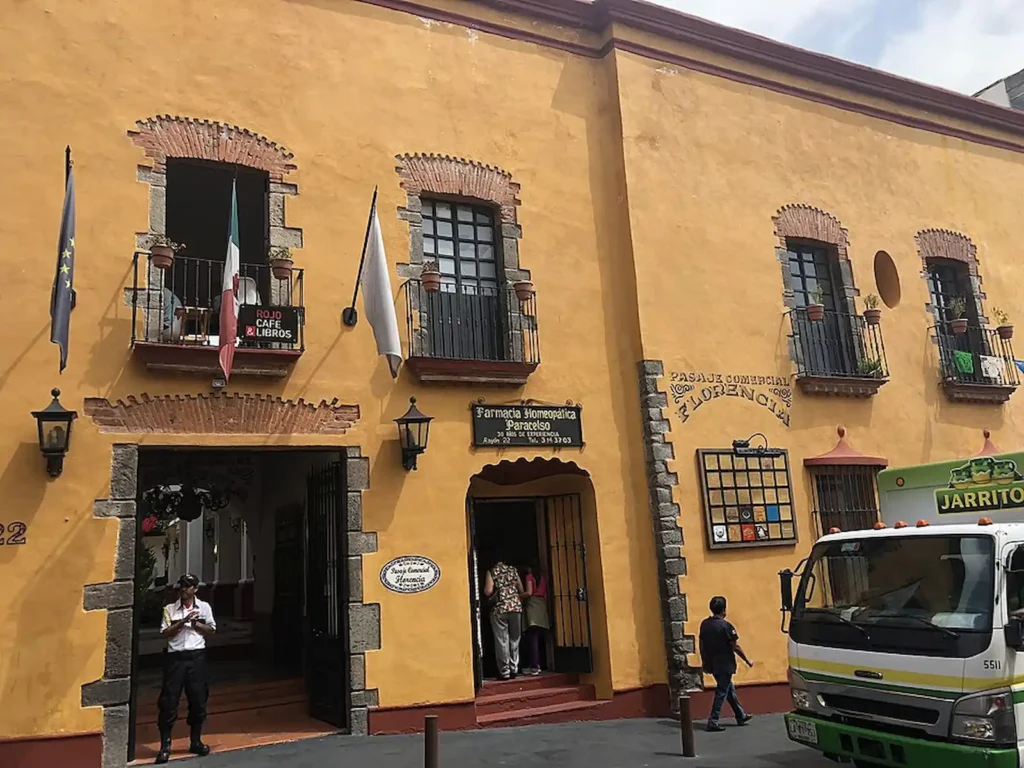
The historic center isn’t cheap, so eating there on a budget is almost mission impossible. However, the city’s best tour guides have recommended these affordable restaurants and trattorias in Florence, where you can find excellent dishes at reasonable prices.
The best gelato in Florence

As in all of Italy, gelato is a cornerstone of the city’s gastronomy. But where can you find the best and creamiest Florentine gelato? At these gelato shops in Florence our guides recommend.
Clubs and pubs in Florence

Just as Florence offers a rich cultural life by day, it also has plenty to enjoy at night. Without leaving the historic center, you’ll find dozens of wine bars for a great glass of red wine, as well as pubs and clubs of all kinds where you can let your hair down and dance.
Day trips from Florence
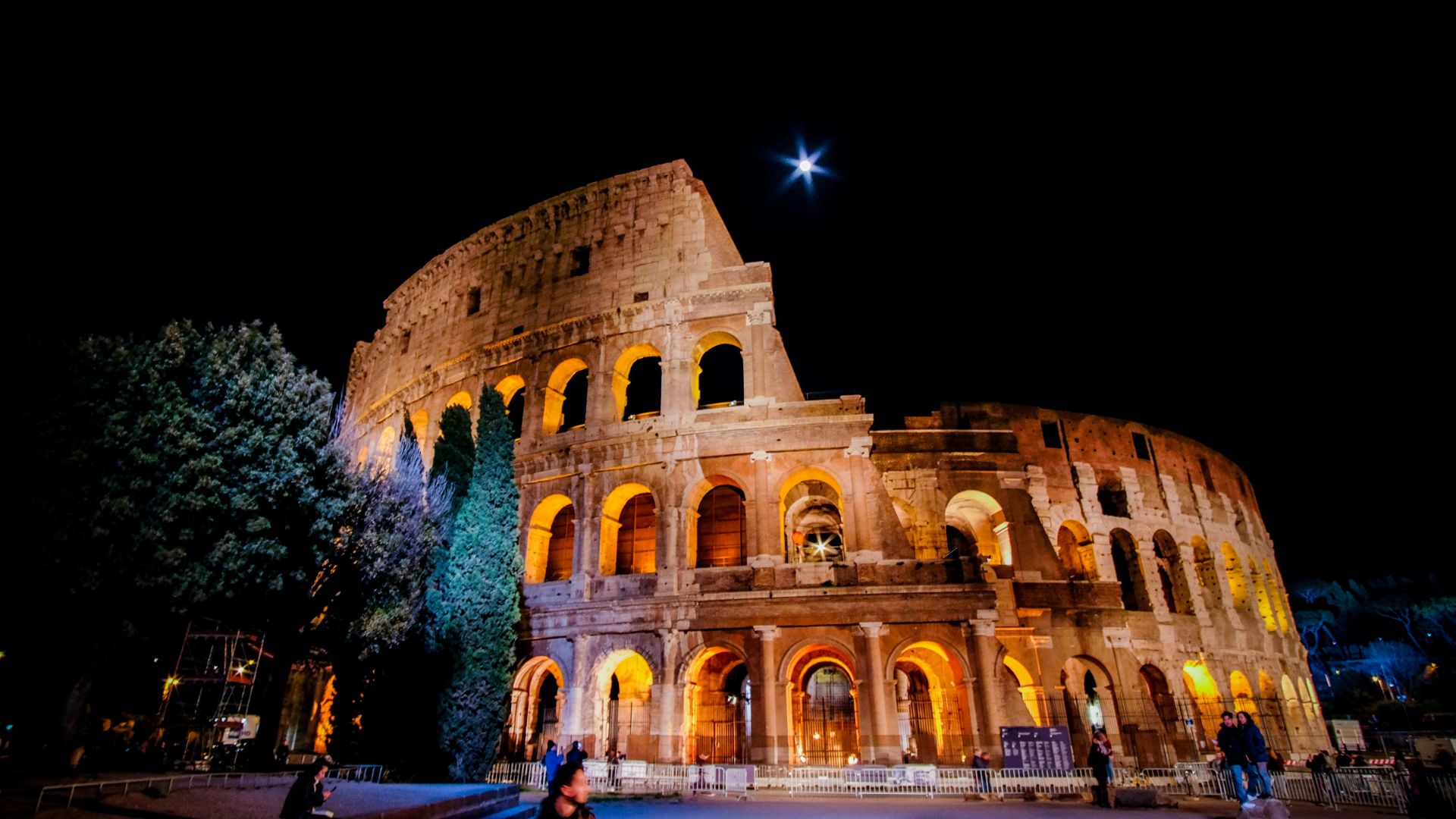
It’s very common when traveling in countries like Italy to visit more than one city on the same trip. From Florence, the most frequent combinations are Rome, Pisa, and Venice—three more gems of the Bel Paese.
- Florence to Rome: One of the most popular ways to travel from Florence to Rome is by train. High-speed trains (Frecciarossa or Italo) run regularly between the two cities. The journey takes roughly 1 hour 30 minutes to 2 hours depending on the train and route, and tickets can be found from €18. You can also take a bus, which is cheaper but usually slower. Once there, we recommend booking one of the free tours with local guides we offer on GuruWalk for a unique experience that makes your trip even more worthwhile.
- Florence to Pisa: The fastest and most convenient way to go from Florence to Pisa is by train. Regional and high-speed trains connect the two cities in about 1 hour and cost around €10. Once in Pisa, you can visit the famous Leaning Tower and other sights before returning to Florence—ideally with one of GuruWalk’s free tours.
- Florence to Venice: To travel from Florence to Venice, take a high-speed train directly to Venezia Santa Lucia station. The train ride is about 2 hours 30 minutes and costs €22 or more, depending on demand. You can also take a bus or drive, though the journey will be longer. Once in Venice, we recommend a free tour of the city to discover the essentials in a few hours before returning to Florence or heading to your next destination.
Best Free Tours in Florence
Welcome to the free walking tour of the real Florence, a complete tour of the main landmarks of the cradle…
Hello everyone, welcome to Florence! With this tour, we offer you the chance to experience Florence through the eyes of…
This tour is the complementary sibling of our main tour ESSENTIAL Florence with the best STORYTELLERS, Re…
*This tour is the complementary sibling of the tour the Dark Side of Florence, Mysteries and Legends. https://www…
On the centenary of the Poet's death, we will take you on an extraordinary journey into the bowels and darkness…
Discover the magic of Florence with us Join us on a fascinating tour through the heart of Florence with our…
The Palatine Gallery; journey into the magnificence and splendor of the grand dukes of Tuscany . Welcome to the Medici…
